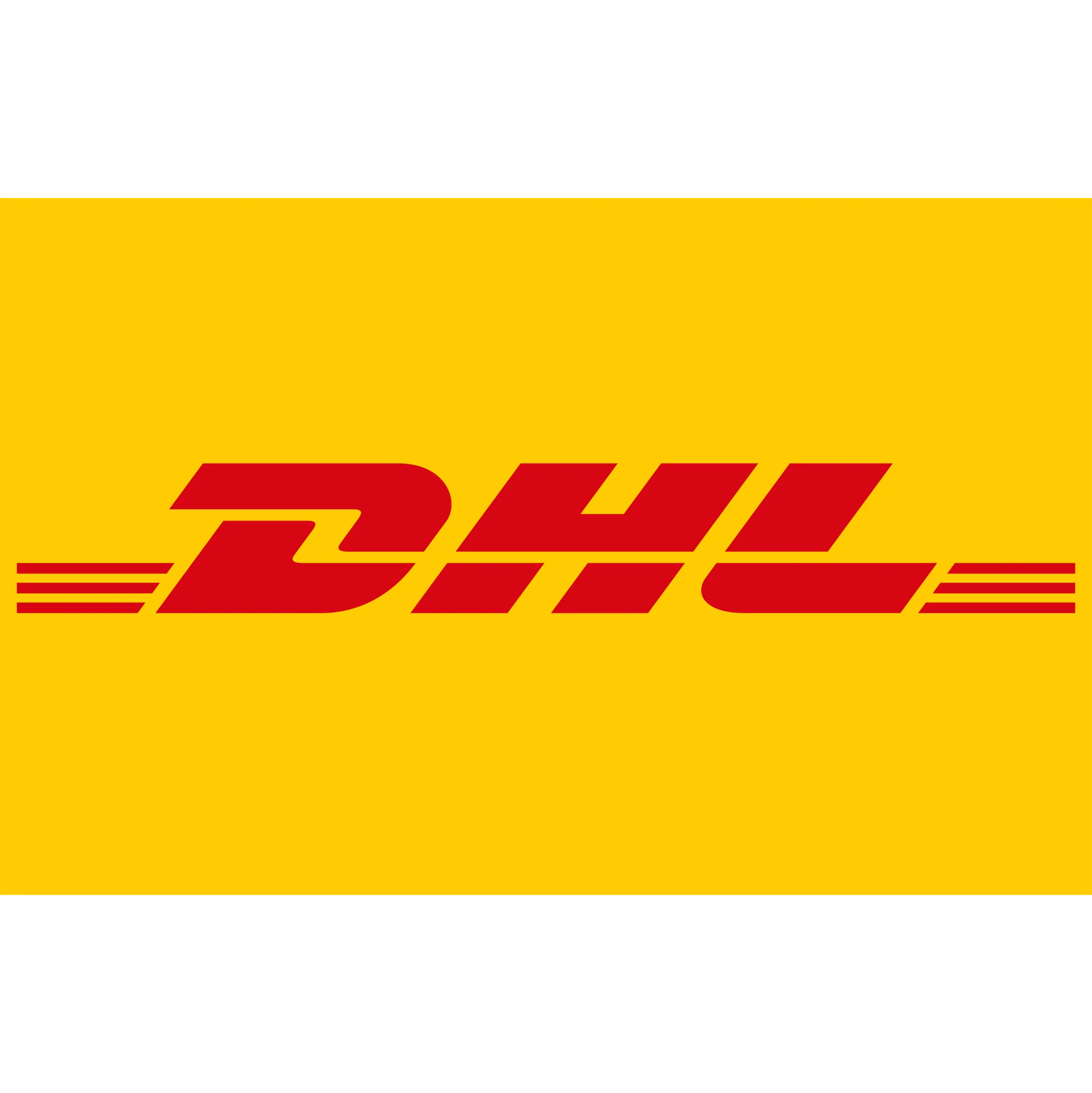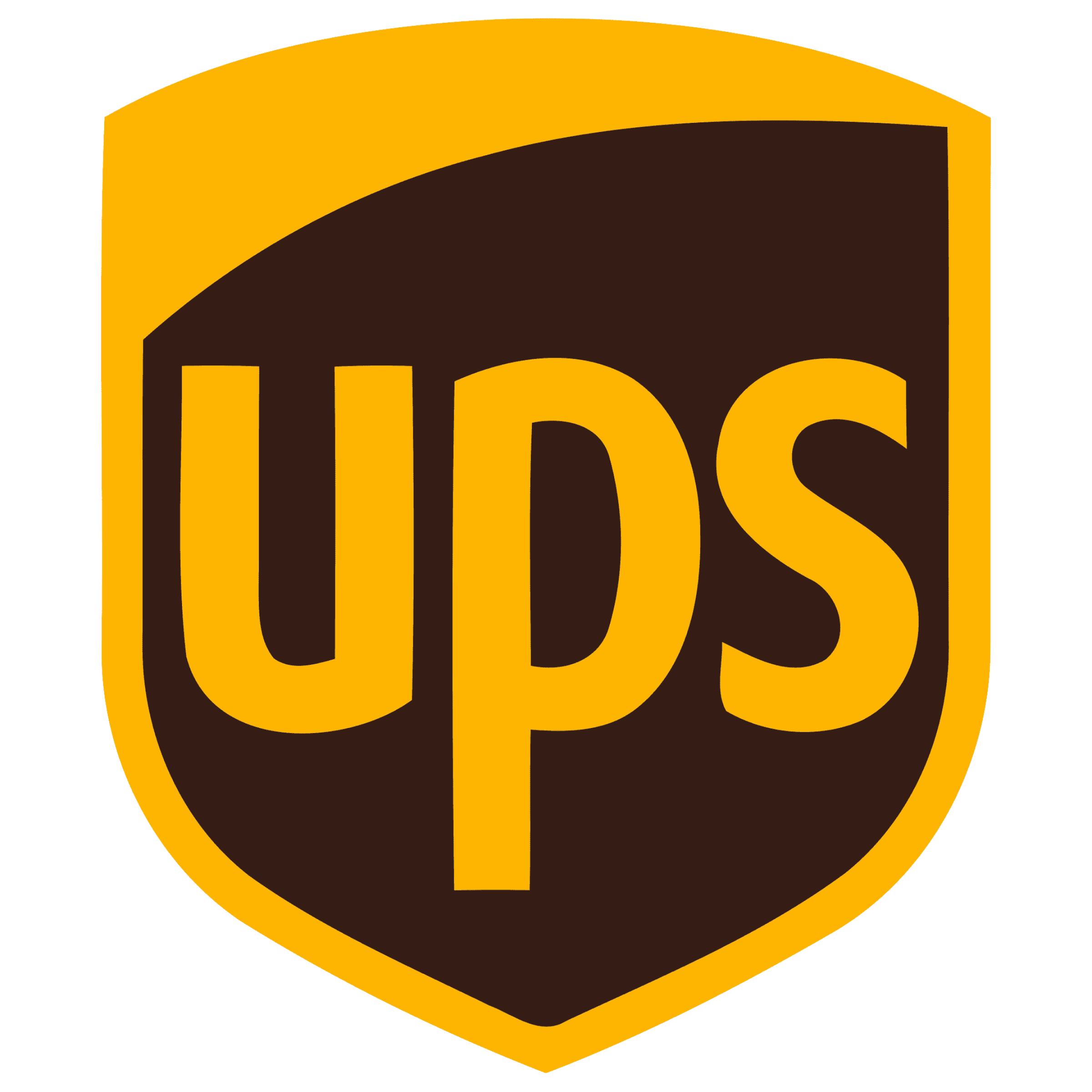
How to automate parcel spend forecasting
Accurately forecasting parcel spend is essential for budgeting and cost control, but manual analysis of historical data can be time-consuming and prone to errors. This challenge becomes even greater when managing fluctuating shipping rates, seasonal demand spikes, and multiple carrier contracts.
Parabola simplifies parcel spend forecasting by automating data aggregation, trend analysis, and predictive calculations. Import historical shipping data from sources like carrier portals and your TMS, calculate historical averages and growth trends, and apply formulas to project future spend based on past patterns and expected demand. Collaborate on your Parabola Flow across finance and supply chain teams to improve forecast accuracy and identify cost savings opportunities.

Video overview
Why Parabola







In a world where efficiency is a key contributor to effectiveness, Parabola provides an unlock for businesses of all sizes in synthesizing large volumes of information into key insights."
What is parcel spend forecasting?
Parcel spend forecasting involves predicting future shipping expenses by combining sales forecasts, historical shipping data, and carrier rate cards. This process ensures that logistics and finance teams can proactively plan for shipping costs by understanding expected volumes and expenses across different service levels. It typically requires consolidating forecasted unit sales, calculating shipping volumes by carrier service, and applying rate card charges to estimate overall and service-specific shipping costs.
How to forecast parcel spend in Parabola?
- Import some combination of historical shipping data, shipping rate assumptions, your rate sheet, and/or a demand forecast using steps like Pull from CSV file.
- Clean and aggregate data as necessary using steps like Edit columns, Sum by group, and Average by group.
- Combine your demand forecast with historical shipping trends using the Combine tables step to align projected volumes with expected rates.
- Calculate projected spend using the Add math column step to multiply forecasted volumes by carrier rates for each service level.
- Create a spend forecast dashboard using the Visualize step.
- Click the Share button to invite teammates across finance, accounting, and supply chain to explore the dashboard.
Tips for parcel spend forecasting in Parabola?
- Clean and standardize shipping data early in the flow using steps like Edit columns for consistent analysis.
- Incorporate seasonal adjustments by isolating peak shipping periods and accounting for fluctuations in rates or volume.
- Use Filter rows to exclude outliers, such as one-time shipments or errors, to improve forecast accuracy.
- Automate the process for regular updates by scheduling your flow to run monthly or quarterly.
What other resources are available on parcel spend forecasting?
- To start building your parcel spend forecasting Flow, use the Template above and check out Parabola University.









